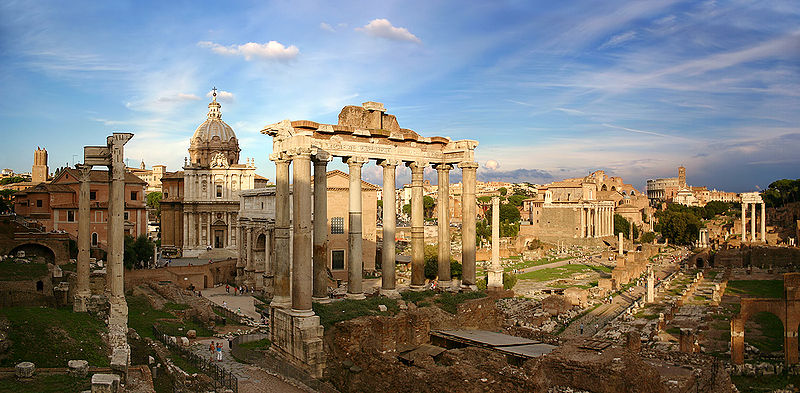Comments
Comitia (Latin: comitio, from Latin: comeo - "to come together, assemble") were a type of popular assembly in Ancient Rome.
There were three types of comitia:
- Comitia Curiata: Assemblies of patricians organized by curiae, which existed in Rome during the period of the clan system. During the monarchy era (8th-6th centuries BC), these comitia decided on matters of war and peace, as well as the election of kings. They were convened by kings and interreges (supreme rulers during interregna). In the Republican era, with the emergence of other types of comitia and organs of government, they lost their political significance but retained the formal right to confer supreme authority to magistrates, as well as the right to resolve issues related to relationships between clans and families, and religious matters.
- Comitia Centuriata: Assemblies organized by centuries, which included both patricians and plebeians based on property census. They were established in the mid-6th century BC through the reforms of Servius Tullius. Initially, these assemblies consisted of soldiers. The Comitia Centuriata decided on matters of war and peace, elected the highest magistrates, and had judicial functions. They were convened by the highest magistrates on the Field of Mars. The Comitia Centuriata mainly held elections for consuls, praetors, and censors. Additionally, it was used for treason trials and the approval of laws, although it was not their primary function.
- Comitia Tributa: Assemblies of all citizens organized by territorial districts called "tribes" (tribus). This type of comitia evolved from the gatherings of the plebeians, where plebeian tribunes and plebeian aediles were elected. Through the struggle between the plebeians and patricians from 287 BC onwards, the Comitia Tributa gained legislative and later judicial power, as well as the right to elect all lower magistrates, becoming the most important type of popular assembly. They were convened by consuls, praetors, dictators, and plebeian tribunes in the Forum or on the Field of Mars. The Comitia Tributa consisted of 35 tribes and included the entire population of Rome without distinction of classes. Usually, when the Comitia Tributa was convened by consuls or praetors, it took place on the Lower Forum. The Comitia Tributa could elect curule aediles, quaestors, and military tribunes, as well as draft and pass laws. Prior to the establishment of permanent courts by Lucius Cornelius Sulla, judicial proceedings could take place in the Comitia Tributa. During the Late Republic period, they primarily gathered to pass laws and conduct elections.
 Roman Forum, modern view
Roman Forum, modern view
In the 1st century BC, with the extension of Roman citizenship throughout Italy, the comitia system went into crisis. Under Sulla, its powers were severely restricted, and under Augustus, the main judicial functions of the comitia were abolished, while the elective functions became a formality. By the end of the 1st century AD, the legislative functions of the comitia had also faded away.
Related topics
Senate, Centuria, Regal Rome, Roman Republic, Election process in Ancient Rome


